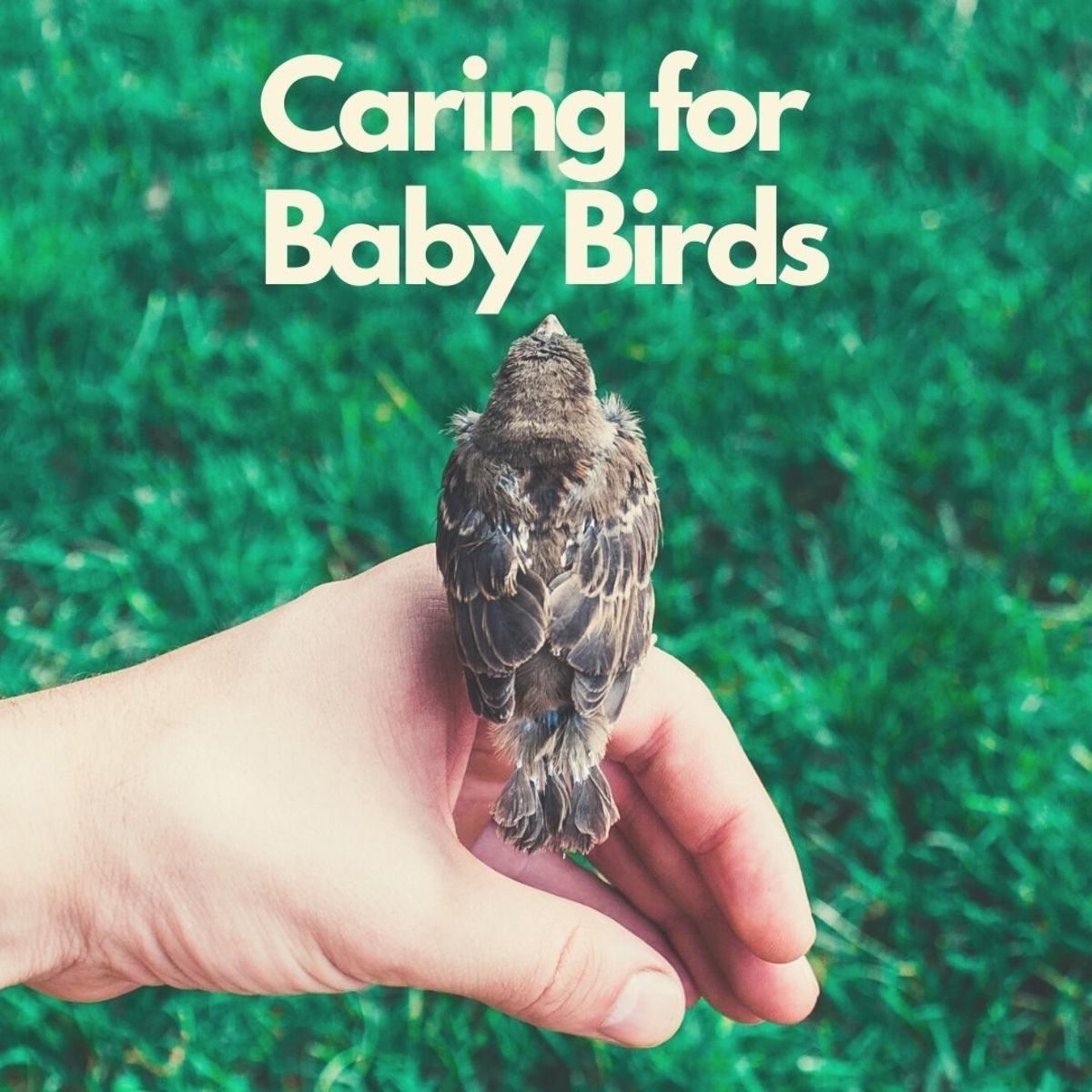
How to Care for a Wild Baby Bird
Introduction
Encountering a wild baby bird can be a heartwarming experience, but it’s crucial to handle the situation with care and responsibility. These fragile creatures require specialized attention to ensure their survival and well-being. This comprehensive guide will provide you with step-by-step instructions on how to properly care for a wild baby bird until it can be released back into its natural habitat.
Step 1: Assess the Situation
- Observe the bird from a distance: Avoid approaching the bird immediately. Observe its behavior and condition from afar. If the bird is injured or appears distressed, contact a licensed wildlife rehabilitator promptly.
- Determine the species: Identify the type of bird you have found. This will help you determine its specific needs and care requirements.
- Check for a nest: If possible, locate the bird’s nest. If the nest is intact and nearby, gently place the bird back inside. If the nest is damaged or inaccessible, proceed to the next step.
Step 2: Create a Safe Environment
- Prepare a nest: Line a small box or basket with soft, absorbent material such as paper towels or cotton balls. Avoid using fabric or materials that could entangle the bird’s feet.
- Provide warmth: Baby birds are highly susceptible to cold. Place a heating pad set to low under half of the nest. Cover the heating pad with a towel to prevent direct contact with the bird.
- Keep the bird hydrated: Use a dropper or syringe to gently administer small amounts of water to the bird’s beak. Avoid overfeeding.
Step 3: Feed the Bird
- Determine the appropriate diet: Different bird species have specific dietary needs. Contact a wildlife rehabilitator or consult online resources to determine the correct diet for the bird you have found.
- Feed the bird frequently: Baby birds require frequent feedings, every 15-30 minutes during the day. Use a dropper or syringe to administer the food directly into the bird’s beak.
- Avoid human food: Do not feed the bird any human food, as it can be harmful to their health.
Step 4: Handle the Bird with Care
- Minimize handling: Handle the bird only when necessary, such as for feeding or cleaning. Avoid touching the bird’s feathers, as this can damage them.
- Keep the bird calm: Handle the bird gently and avoid making sudden movements. If the bird becomes stressed, cover its head with a soft cloth to calm it down.
- Clean the bird: Use a damp cloth to gently wipe away any dirt or debris from the bird’s body. Avoid using soap or chemicals.
Step 5: Release the Bird
- Determine the appropriate time: Once the bird is fully feathered and has developed the necessary skills to survive in the wild, it can be released. This typically takes several weeks to months, depending on the species.
- Choose a suitable release site: Select a location that provides ample food, water, and shelter for the bird. Avoid areas with predators or human activity.
- Monitor the bird: After releasing the bird, observe it from a distance to ensure it is able to fend for itself. If the bird appears weak or disoriented, contact a wildlife rehabilitator for assistance.
Additional Tips
- Do not attempt to raise the bird as a pet: Wild birds are not meant to be kept in captivity. Their instincts and behaviors are essential for their survival in the wild.
- Contact a wildlife rehabilitator if necessary: If you are unable to care for the bird properly or if it appears injured or ill, contact a licensed wildlife rehabilitator immediately.
- Respect the bird’s natural instincts: Avoid overfeeding or handling the bird excessively. Allow it to develop its natural behaviors and instincts as much as possible.
- Be patient and compassionate: Caring for a wild baby bird requires patience and dedication. Provide the bird with the best possible care and give it the opportunity to return to its natural habitat.
Conclusion
Caring for a wild baby bird is a rewarding but challenging experience. By following these guidelines, you can provide the bird with the necessary care and support it needs to thrive and return to the wild. Remember to prioritize the bird’s well-being, respect its natural instincts, and seek professional assistance when necessary. With proper care and attention, you can make a significant difference in the life of a wild baby bird.
